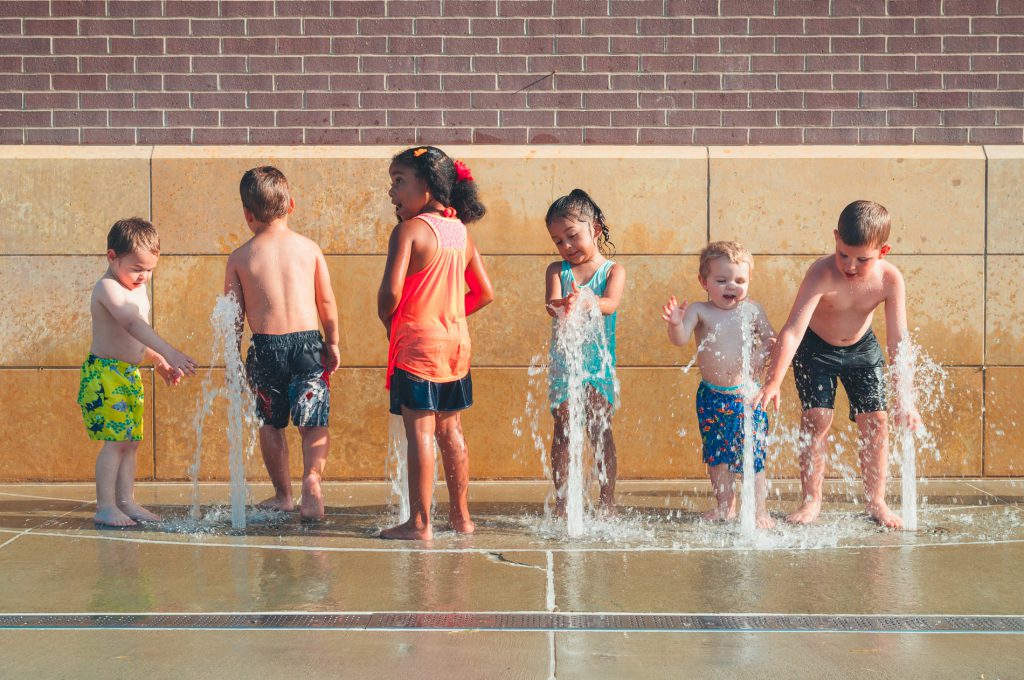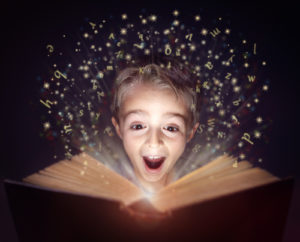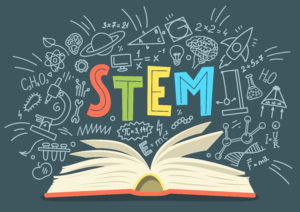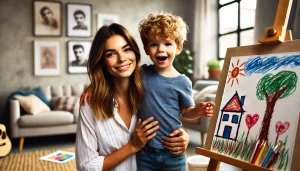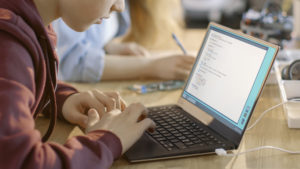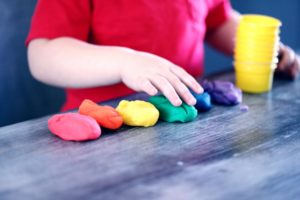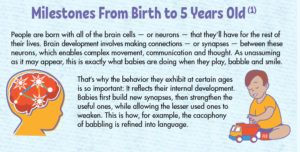
How Kids See the World
Major Milestones in Child Learning and Brain Development
As anyone who’s ever had the pleasure of babysitting knows, we don’t come into this world fully formed. Our bodies, our personalities and especially our minds evolve significantly throughout the first five years of our lives, driven by our growing capacity to learn and the anatomical development of our brains. Along the way, there are a few milestones that are more prominent than the rest in shaping how kids see the world.
Milestones From Birth to 5 Years Old (1)
People are born with all of the brain cells — or neurons — that they’ll have for the rest of their lives. Brain development involves making connections — or synapses — between these neurons, which enables complex movement, communication and thought. As unassuming as it may appear, this is exactly what babies are doing when they play, babble and smile. That’s why the behavior they exhibit at certain ages is so important: It reflects their internal development. Babies first build new synapses, then strengthen the useful ones, while allowing the lesser used ones to weaken. This is how, for example, the cacophony of babbling is refined into language.
25%
The size of a newborn’s brain compared to an adult’s brain (2)
By 2 Months
Beginnings of vocalization and reaction build means of speaking and responding to stimuli
Cooing
Turning to sounds
Watching moving objects
By 4 Months
Development of vocalization continues, with new means of interacting with and understanding surroundings
Babbling
Reaching for toys
Recognizing people
By 6 Months
First connections between signifier and signified, as well as continued development of language and physical coordination
Responding to name
Pronouncing consonants
Passing objects between hands
By 9 Months
Learning begins in earnest with mimicry, connecting desires with object and improving fine motor skills
Copying sounds and gestures
Pointing
Picking up small objects with one hand
By 1 Year
Improved understanding of abstract concepts and language, along with refined motor skills
Using simple gestures
Copying spoken words
Follows simple directions
By 18 Months
Beginnings of coherent spoken and gestural language, plus first forays into writing
Saying single words
Pointing to desired objects
Scribbling
By 2 Years
Ongoing practice with signifier-signified, verbal language and interpretation of surroundings
Pointing to named objects
Saying short sentences
Sorting shapes and colors
2X
The amount of synapses in a 2-year-old’s brain compared to an adult’s brain (3)
By 3 Years
First broad tests of comprehension and response, combining language and behavior
Following short instructions
Naming familiar objects
Understands and works toys with moving parts
80%
The size of a 3-year-old’s brain compared to an adult’s brain (2)
By 4 Years
Vocal practice to improve memory retention and demonstrate sustained understanding
Singing songs from memory
Telling stories
Using scissors and drawing people
By 5 Years
Mastery of basic spoken language, as well as introductions to time and written language
Speaking clearly
Using future tense
Writing letters and numbers
90%
The size of a 5-year-old’s brain compared to an adult’s brain (2)
1. https://www.cdc.gov/ncbddd/actearly/pdf/checklists/Checklists-with-Tips_Reader_508.pdf
2. https://www.firstthingsfirst.org/early-childhood-matters/brain-development/
3. http://www.urbanchildinstitute.org/why-0-3/baby-and-brain
SOURCES
